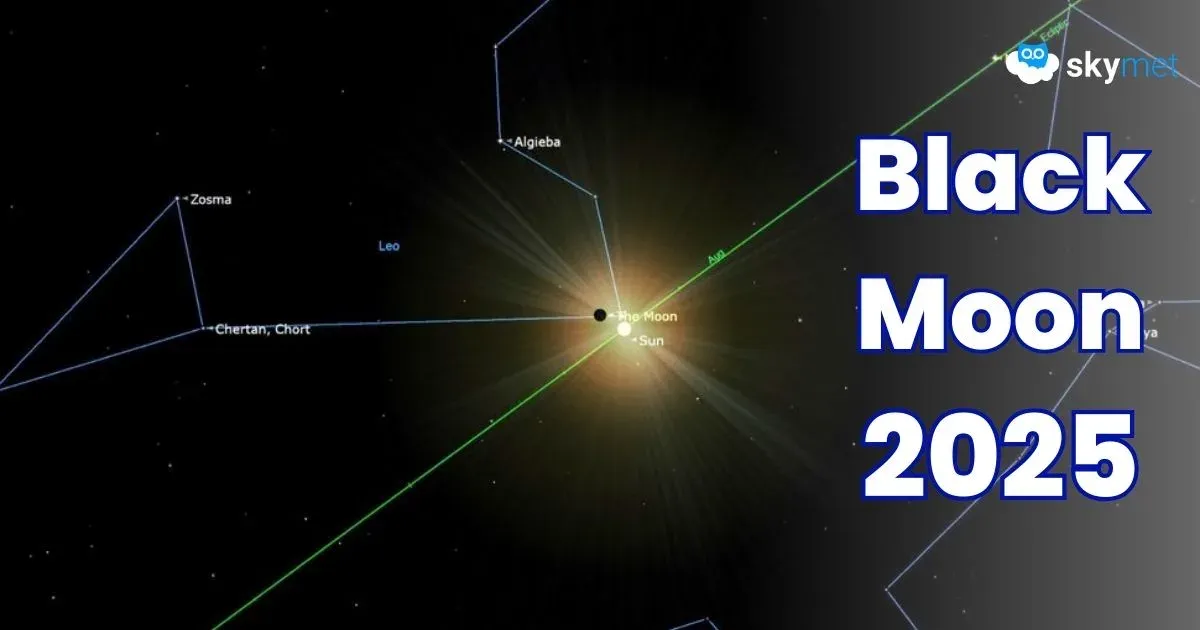A Rare Black Moon Rises on August 23
Tomorrow, the skies will mark a rare lunar event called a Black Moon. Unlike a supermoon or eclipse, this is not something you will see shining brightly in the sky. In fact, you won’t see the Moon at all, because it will rise and set with the Sun. Still, the event is special because of its rarity.
What is a Black Moon?
A Black Moon is not an official astronomical term, but it is used to describe unusual timings of the new moon. Normally, each season has three new moons. But sometimes the lunar cycle squeezes in a fourth. In that case, the third new moon of the season is called a Black Moon.
This season in the Northern Hemisphere, new moons fell on June 25, July 23, August 23, and September 21. Since there are four in total, the August 23 new moon is a Black Moon. Events like this occur only once every 33 months. The last one was on May 19, 2023.
The Science Behind It
At exactly 2:06 a.m. EDT (06:06 GMT) on August 23, the Moon will pass through its new moon phase. At that time, it will sit in the constellation Leo, positioned just one degree north of the Sun. Because the Moon’s sunlit side is turned away from Earth, it will be completely invisible to us.
What Can You See?
Although the Black Moon itself cannot be seen, it sets the stage for two special sky-watching opportunities. First, the evenings of August 24 and 25 will reveal an extremely thin crescent moon, glowing like a silver arc just above the western horizon about 30 to 40 minutes after sunset. Second, the dark, moonless skies of August 23 are perfect for stargazing. With no moonlight to interfere, fainter stars, star clusters, and even the dense heart of the Milky Way will be easier to observe.
Why It Matters
While the Black Moon is a quiet event compared to an eclipse, it reminds us of the Moon’s subtle influence on our calendars, seasons, and skies. For skywatchers, it offers a rare chance for darker nights and a glimpse of one of the most delicate lunar phases—the first crescent.
Image Courtesy: Space.com/Skymet













